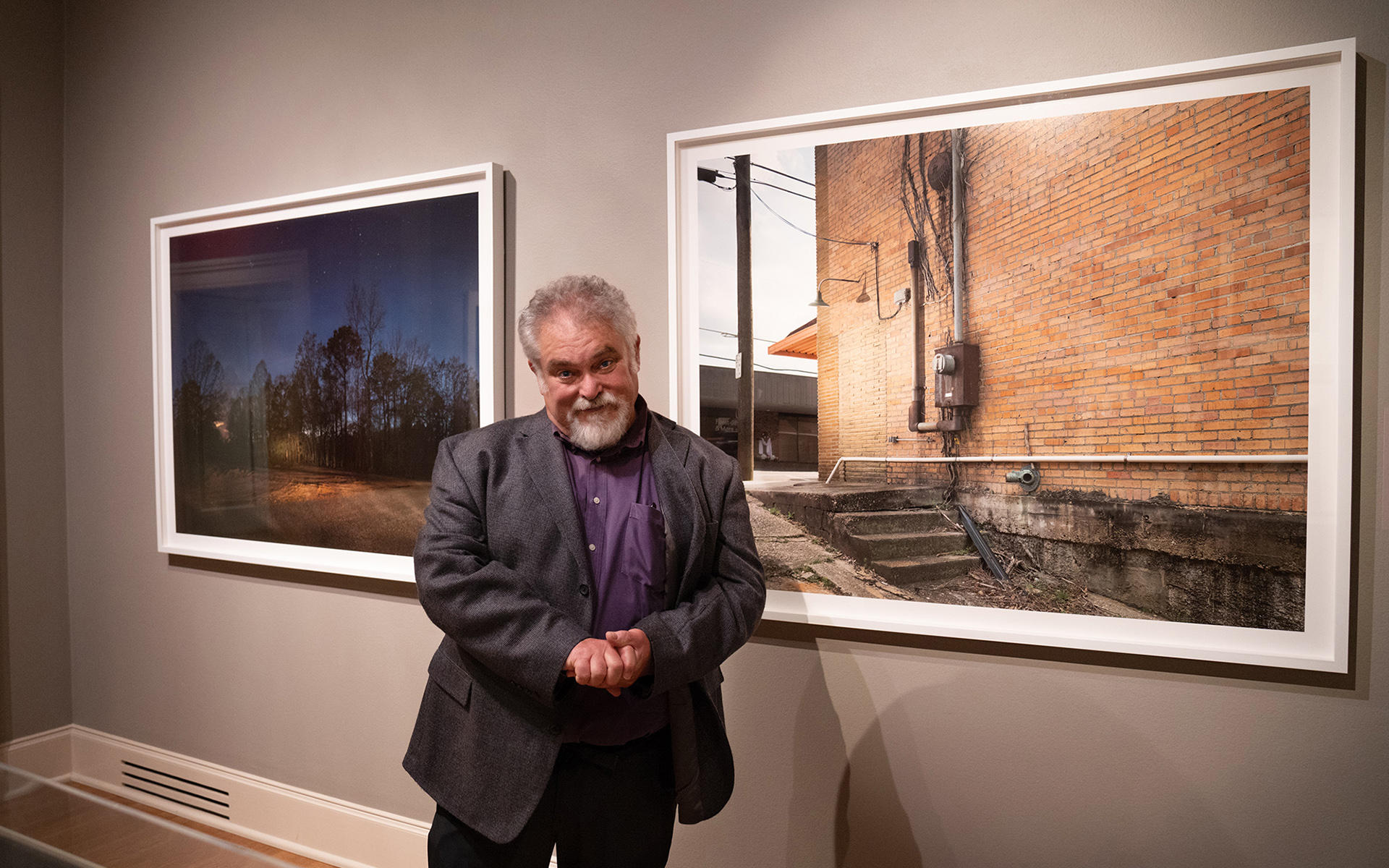All human landscape has cultural meaning. Because we rarely consider our constructions as evidence of our priorities, beliefs and desires, the testimony our landscape tells is perhaps more honest than anything we might intentionally present. I am passionate about documenting these spaces because they are sanctified by the courage of others. My purpose is to elevate awareness and open hearts, to spark an honest conversation about racism today.
MORE VOICES ARE NEEDED to bring authenticity to this narrative, voices with knowledge and experience. I am seeking participants, as well as collectors and curators. If you have personal stories you are willing to share, or if you are an historian, writer or educator, please contact me.
Ghosts of Segregation photographically explores the vestiges of America's racism evident in the built environment, hidden in plain sight: Schools for "colored" children, theatre entrances and restrooms for "colored people," lynching sites, juke joints, jails, hotels and bus stations. Past is prologue.
We often take our daily environments for granted, but within even the most mundane edifice may lurk an important bit of history. That stairway apparently to nowhere once went somewhere. The curious palimpsest of bricks covers something. What purpose did they serve? While many of these images are from the Deep South, prejudice has no geographic boundaries, nor is it limited to blacks and whites. Fear and tribalism has led to the stereotyping and dehumanization of many: Hispanics, Asians, LGBTQ, anyone who is perceived as "the other."
Ghosts of Segregation seeks to spark an honest conversation about the legacy of racial injustice in America today. As of August 2019, Ghosts of Segregation consists of 75 images and continues to grow. In this brief sample, each image is followed by a caption. At the conclusion of this website is a description of some of the judicial consequences, as well as action steps you can take to break this cycle of intolerance. You may also download a brief Ghosts of Segregation PDF, which includes 16 images with maps and backstories.
The vestiges of segregation so far documented range geographically from New York to Oregon, Michigan to Mississippi. Each of these images is assembled from hundreds of individual detail photographs meticulously blended to create prints of immersive detail over 4 x 8-feet in size. These limited-edition prints are available for exhibition and acquisition. Images from this project are in the permanent collections of the Museum of Fine Arts Houston, the New Orleans Museum of Art, and a growing number of institutions. A traveling exhibit and educational material are also being developed, with the goal of engaging communities in this important discussion.
If you are a curator, collector or educator interested in this project, please contact me.
Rich Frishman’s photography is in a wide range of private and institutional collections, including the Museum of Fine Arts, Houston, the New Orleans Museum of Art, and the Amon Carter Museum. His work has garnered dozens of prestigious awards, including two Sony World Photography Awards (2018), the 2019 Curator's Choice Award from Review Santa Fe, the 2019 PhotoNOLA Review Award, Communication Arts Photography Award (2018), Photo District News Photo Annual (2018), Michael H. Kellicutt Award, International Photo Annual Award, and Critical Mass finalist twice. Houston's Biennal FotoFest will feature Ghosts of Segregation in their 2020 keynote exhibition at Spring Street Studio, Ten by Ten (formerly Discoveries of the Meeting Place.) He was nominated for a Pulitzer Prize in 1983.
Born and raised in Chicago, Frishman studied with artists Reed Estabrook, Robbert Flick and Art Sinsabaugh at the University of Illinois, where he received a BA in Communications. Frishman lectures around the US, including the New Orleans Museum of Art and Sony Square in New York, about the intersection of the designed environment, history and social issues.

